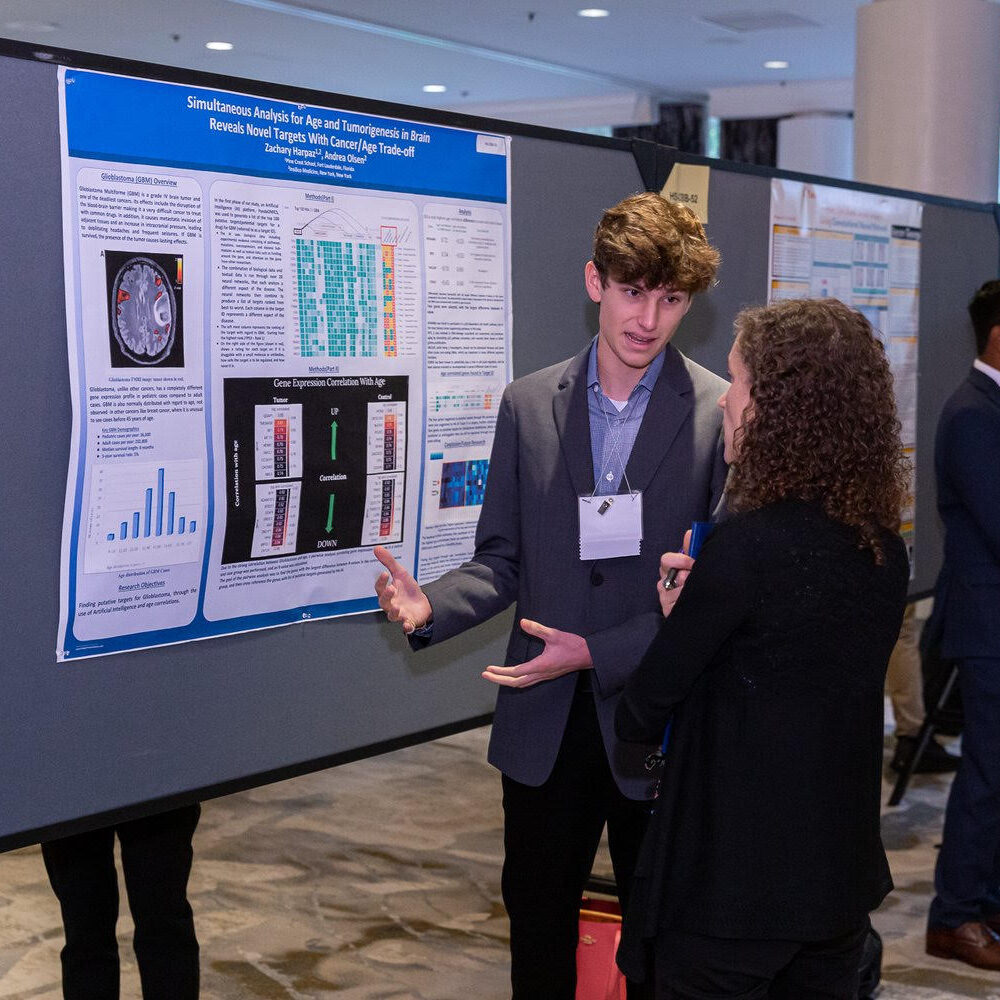In a new study, researchers aimed to reveal a link between telomere dysfunction, ovarian aging and infertility using a mouse model of accelerated-reproductive senescence.
Telomeres are the protective caps at the ends of chromosomes that prevent DNA damage and maintain genomic stability. However, telomeres shorten with each cell division and eventually reach a critical length that triggers cellular senescence or death. Telomere length (TL) and telomerase activity (TA), the enzyme that replenishes telomeric repeats, are influenced by genetic and environmental factors and vary among tissues and individuals.
“Telomere attrition has been identified as one of the molecular determinants of aging [7].”
Telomere dysfunction has been implicated in various age-related diseases, including infertility. Ovarian aging is the main cause of infertility in women, as it leads to a decline in both the quantity and quality of oocytes. Previous studies have shown that TL and TA are reduced in oocytes and granulosa cells of women with diminished ovarian reserve or poor response to ovarian stimulation. Moreover, TL and TA have been associated with ovarian reserve markers and pregnancy outcomes in assisted reproductive technologies.
To better understand the molecular mechanisms underlying ovarian aging and infertility, researchers Alba M. Polonio, Marta Medrano, Lucía Chico-Sordo, Isabel Córdova-Oriz, Mauro Cozzolino, José Montans, Sonia Herraiz, Emre Seli, Antonio Pellicer, Juan A. García-Velasco, and Elisa Varela from The Health Research Institute La Fe (IIS La Fe), IVIRMA Rome, New Jersey and Madrid, Centro Anatomopatológico, Yale School of Medicine, University of Valencia, and Rey Juan Carlos University conducted a new study using a mouse model of accelerated aging: the Senescence-Accelerated Mouse Prone 8 (SAMP8). On May 23, 2023, their research paper was published in Aging’s Volume 15, Issue 11, entitled, “Impaired telomere pathway and fertility in Senescence-Accelerated Mice Prone 8 females with reproductive senescence.”
The Study
The SAMP8 mouse model, which has previously been suggested as an Alzheimer’s disease model of aging, also exhibits a shortened estrous cycle, elevated follicle-stimulating hormone (FSH) levels, and reduced fertility in females at just seven months of age. SAMP8 mice have a shorter lifespan compared to senescence-accelerated mouse resistant 1 (SAMR1) mice. SAMR1 mice do not exhibit reproductive senescence. Thus, the researchers deemed the SAMR1 mouse model an appropriate control group to study the SAMP8 mouse model as a model of ovarian aging and infertility.
“In the current study, we sought to investigate whether the SAMP8 mice, which show accelerated-reproductive senescence, have alterations in their telomere pathway. This question has not yet been explored in relation to reproduction in this model.”
In this study, the team compared the TL and TA in blood and ovary samples from the SAMP8 female mice at seven months of age (when they show signs of reproductive senescence) with age-matched control SAMR1 mice. They also evaluated the ovarian follicle development, the expression of telomerase subunits (TERT and TERC), and the reproductive outcomes after ovarian stimulation in both groups of mice. In sum, the researchers measured survival rates (in male and female mice), alteration in the telomere pathway at seven months of age, TERT and TERC expression levels, TA on the TL of granulosa cells in developing follicles, and impairment/alterations in the telomere pathway in oogenesis and embryo development.
The results revealed that SAMP8 females had a reduced median lifespan compared to SAMP8 males and SAMR1 males and females. In blood, SAMP8 females had lower mean TL and higher accumulation of short telomeres than the other mice. In ovary, SAMP8 females had lower TA and TERT expression. Furthermore, SAMP8 females had fewer primordial, primary, secondary, and antral follicles than control females, indicating a diminished ovarian reserve. After ovarian stimulation, SAMP8 females had a lower number of oocytes than controls of the same age. Their results suggested that oogenesis and embryo development is impaired in SAMP8 mice at seven months compared to age-matched controls, and this coincides with alterations in the telomere pathway.
Conclusions
“Thus, SAMP8 females represent a bona fide model for the analysis of fertility, not only because it shows similar phenotype to middle-aged women as stated earlier [43], but also because the alterations in the telomere pathway are found in women with fertility disorders [37, 38, 40, 41] and this pathway links reproduction with longevity.”
The researchers concluded that SAMP8 females have impaired telomere pathway and fertility, reflecting signs of reproductive senescence described in middle-aged women. They suggested that the SAMP8 model could be useful in studying the role of telomere dysfunction in ovarian aging and infertility. In addition, this mouse model could be used to test potential therapeutic interventions to improve female reproductive health.
“Understanding the molecular pathways underlying aging and fertility, provides a basis for further studies focused on several topics. First, the analysis of embryo alterations, which can be better assessed in mice than in humans. Second, how reproductive lifespan improvement may ameliorate elderly health. And third, the mechanisms underlying follicle recruitment and development, which are not completely known.”
Click here to read the full research paper published by Aging.
—
Aging is an open-access, peer-reviewed journal that has been publishing high-impact papers in all fields of aging research since 2009. These papers are available to readers (at no cost and free of subscription barriers) in bi-monthly issues at Aging-US.com.
Click here to subscribe to Aging publication updates.
For media inquiries, please contact [email protected].








